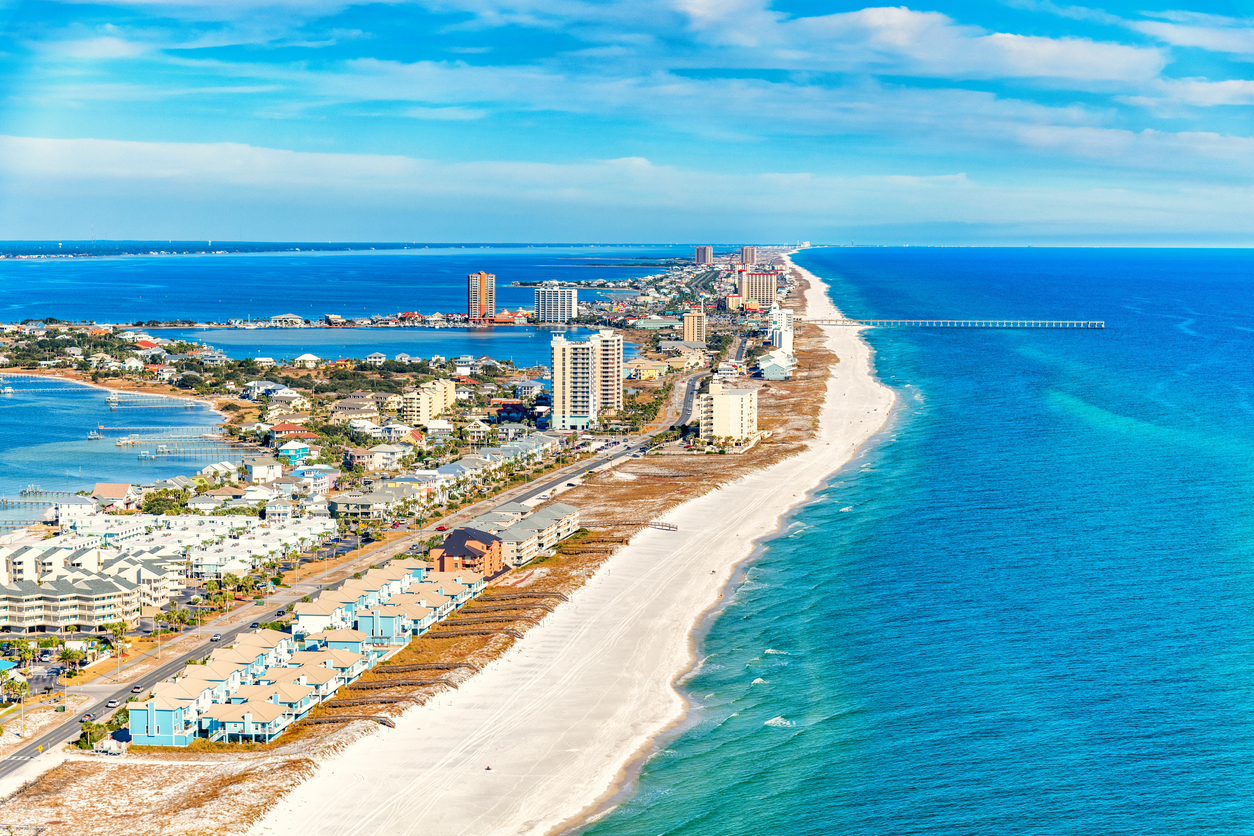Coastal communities could see their property values plummet as catastrophe-prone areas spur billions of dollars in losses — and have private insurance companies scaling back or leaving certain markets altogether, a new report warns.
Hurricane-fueled property damage has skyrocketed since the 1990s as larger storms slam communities that continue to grow despite climate-fueled hazards. Insurers in response have started hiking premiums and leaving at-risk areas entirely in an effort to limit their exposure, forcing property owners to turn to state-run options.
Absent intervention, the situation could render some coastal communities “uninsurable,” DBRS Morningstar said in a memo Monday. That outcome, the credit ratings firm added, could have major consequences for property owners in U.S. coastal communities.
“In what some are referring to as a real estate “climate bubble,” there are concerns that dwellings located in high-risk communities may experience a decline in value in the long run if something is not done to adequately fill the coverage gap left by departing private insurers,” says Steven Jellinek, Vice President, Head of Research, North American CMBS. “The exit of insurers from catastrophe-prone states in the U.S. creates an insurance coverage gap. We anticipate that this could eventually be a trigger for declines in property valuations in the affected regions in the absence of alternative sources of insurance protection,” says Victor Adesanya, Vice President, Insurance, Global Financial Institutions Group.
That possibility is driven in large part by the reality that at-risk states have seen significant population growth and development even as hurricane risk mounts.
For example, Florida’s population exploded by 217 percent between 1970 and 2020 — making it not only the state where the most hurricanes make landfall, but also the coastal state with the highest population growth, according to the report. Other Atlantic and Gulf coastal states have seen similar growth, with Texas’ population increasing by 160 percent and Georgia’s by 133 percent over the same five decades.
“With continued coastal population increases and infrastructure development along the hurricane-prone Atlantic and Gulf coastal states, we expect that economic damages and insured losses as a result of tropical storms that make landfall during the annual Atlantic hurricane season will continue to rise,” the analysts wrote.
Insurers in response to rising risk — including from other climate-fueled disasters such as wildfires and rising seas — are hiking rates or exiting risky markets including Florida, California and Louisiana. That’s forced rising numbers of property owners to resort to state insurers of last resort.














